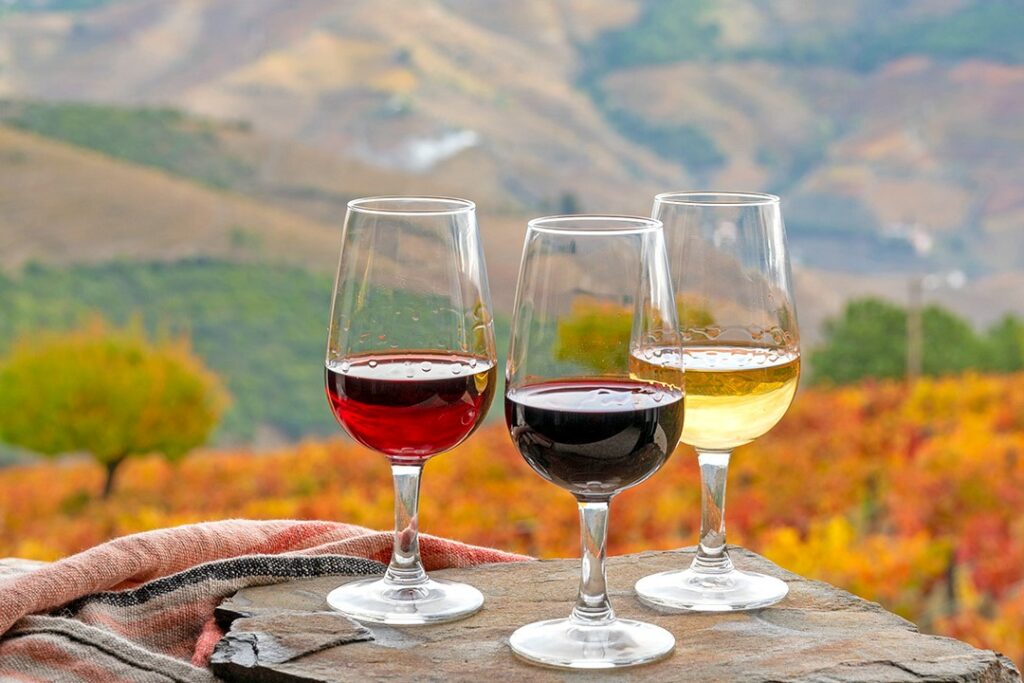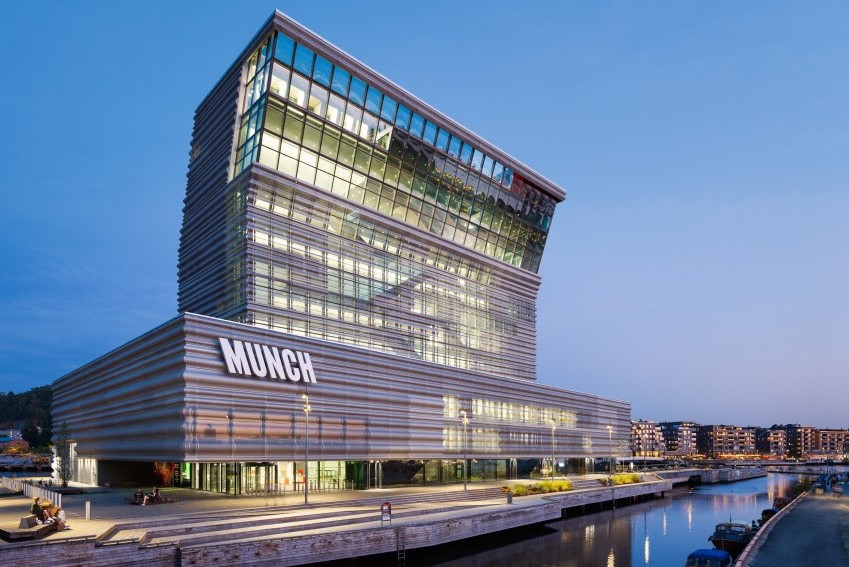Oceania Cruises is introducing Go Green and Beyond Blueprints shore excursions to its industry-leading OceaniaNEXT initiative.


New Go Green and Beyond Blueprints Tours
With more than 150 Go Green tours to choose from around the globe, travelers sailing with Oceania Cruises may engage with residents and businesses to learn about how they are working to conserve and sustain their surrounding environment. The tours, many of which provide an educational element, offer guests the opportunity to take part in a variety of experiences, such as visiting a sustainable vineyard in Almeria (Spain), learning the fascinating aspects of hydroponic farming in the rainforests of St. Kitts, discovering the world of eco-conscious art in Buenos Aires (Argentina), or imbibing in zero-emission rum in the world’s only carbon-free distillery in Dartmouth (UK). Oceania Cruises’ Go Green tours span the globe in a wide variety of destinations across Africa, Alaska, Asia, Australia and New Zealand, the Caribbean, the Mediterranean, the Middle East, Northern Europe and South America.
Go Green Tour examples
Bordeaux Wines and Sustainability – Bordeaux (France)

On this tour, guests will discover how converting to biodynamic and organic farming has further elevated the quality of the esteemed wines at Château de La Dauphine. The first vineyards in the Fronsac region of Bordeaux were planted about 2,000 years ago, so this appellation has a long-distinguished history. Even so, in 2015 the new owners of Château de La Dauphine sought to improve its wines by adopting sustainable, biodynamic practices that go far beyond organic pesticide-free agricultural methods. Biodynamic farming takes a holistic, ethical approach that follows the harmonious cycles of nature, specifically the movement of the moon and planets. As guests tour the vineyards, they will learn more about biodynamics and how it affects the terroir and the taste of the wines. The sampling that follows will lend even more insight. The exact wines will be chosen on arrival, but will likely include an elegant, deep-scarlet merlot.
A Sloth Paradise – Give Back to Nature – Puntarenas (Costa Rica)
Visiting a sanctuary for sloths that have been orphaned or injured or lost their habitat due to deforestation, guests will have a close-up look at the animals as they are rehabilitated in hopes of returning them to the wild. Sloths are the world’s slowest animals and spend nearly all-day hanging upside down in trees, rarely traveling more than 125 feet. If their habitat is disturbed or destroyed, the sloths are at great risk. Guests can expect to observe baby sloths and plenty of adults in various stages of rehabilitation. The guide will describe the habits of sloths in the wild and how they easily adapt to the sanctuary environment that replicates a tropical forest. Deforestation is one of the biggest threats to sloths, so to help their cause, travelers may plant a tree in a nearby forest reserve.
Bach Ma National Park Ecosystem – Hue (Vietnam)
Guests can hike through Bach Ma National Park with a naturalist who will point out and describe the remarkably diverse flora and fauna. As an introduction to the natural wonders, travelers will first browse the exhibits in the visitor center, which detail the park’s mountainous topography. Bach Ma means “white horse,” a reference to the clouds that ride the wind around the granite summit. As the trail ascends, the forest will become denser and the air cooler. Although the ruins of homes that the colonial French built to escape the summer heat are still visible, most every other sight will be natural. Birds are abundant, including red-headed trogons and scarlet minivets, which are easy to spot because of their bright coloring. A fifth of all the plant species found in Vietnam flourish in the park, and rare orchids may be seen. The summit will afford panoramic views of the mountains, Tam Giang Lagoon and Hue.


The Beyond Blueprints tours offer a rare and in-depth look behind the scenes at some of the world’s most iconic architectural landmarks such as The Royal Library and The Blue Planet aquarium in Copenhagen (Denmark), the Equinor office building and the Munchmuseet in Oslo (Norway), and La Villa Mediterranée and MUCEM Marseille (France). The line is showcasing a total of 10 Beyond Blueprints tours in Europe for 2022 and additional global destinations are expected to be unveiled later in the year. All offer special, little-known stories and information from insightful guides about the inspiration, reasoning and genius that brought these marvels to life. Other Beyond Blueprints tours being launched focus on sites in Barcelona and La Coruna (Spain), Belfast (Northern Ireland), Glasgow (Scotland), Lisbon (Portugal) and Sete (France).
Beyond Blueprints Tour Examples
Equinor & Munchmuseet – Oslo (Norway)

Discover how two extraordinarily modern buildings have transformed Oslo’s skyline and pushed the boundaries of design. An architectural historian guide will elaborate on the buildings’ advanced technologies and present a rare insider’s perspective of their construction. The iconic Equinor office building consists of five separate rectangular modules stacked on top of each other at different angles, all to optimize daylight and views. Guests will also learn fascinating details about how the atrium’s propeller-shaped glass roof was designed to withstand months of extra weight from snow. Similarly, climate conditions influenced the design of the Munchmuseet, a 13-story museum dedicated to the works of Norwegian artist Edvard Munch. It is constructed with low-carbon concrete and aluminum cladding that reflects harsh sunlight and is cooled with seawater. The top of the building intentionally tips forward as if bowing to Oslo in homage.
The Royal Library & The Blue Planet – Copenhagen (Denmark)
Browse two radical, modernistic buildings with an architectural historian that will reveal little-known facts about their extraordinary designs. The Black Diamond extension to The Royal Library is as revolutionary as it looks. The irregularly shaped monolithic prism is clad in black granite and leans toward the river to capture as much natural light as possible. The building’s significant tilt, wave-like balconies and expanding form as it rises from bottom to top presented a slew of design challenges that the guide will explain. The Blue Planet may be even more striking as it is the largest aquarium in Europe and resembles a giant whirlpool – a design inspired by the shape of water in endless motion. The building’s exterior is covered in aluminum panels that are reminiscent of fish scales, while the interior curved ceiling evokes images of the baleens of a massive whale. The guide will further elaborate on the technological challenges of constructing The Blue Planet seaside.
La Villa Mediterranée & MUCEM – Marseille (France)
Gain an insider’s understanding of the challenges in building two avant-garde landmarks by touring them with an architectural historian. Perched along the waterfront, La Villa Mediterranée was designed to embody Marseille’s deep bond with the sea. Instantly recognized for its prominent cantilevered overhang, this three-level public space also features a conference center with portholes beneath the sea. As guests will discover, that lower floor presented all sorts of unusual circumstances that pushed the boundaries of architecture. The building faces MUCEM, a national museum devoted to Mediterranean civilizations. Its audacious design includes elements such as tree-like columns, a lacy façade that resembles a fishnet and a slender footbridge that connects it to the towering ramparts of Fort Saint-Jean. The square-within-a-square shape of MUCEM is classical in one sense but radically different because of the building materials. The concrete filigree that shields much of the structure is particularly stunning.